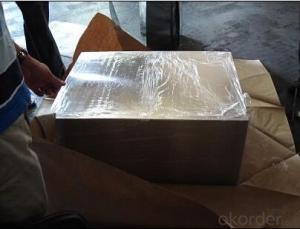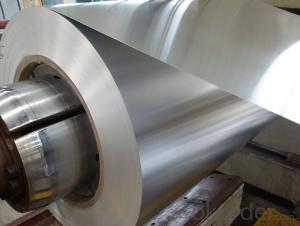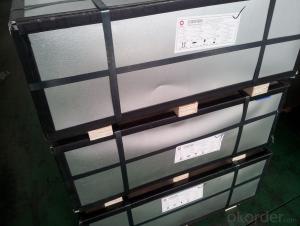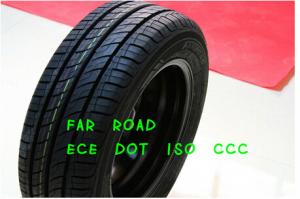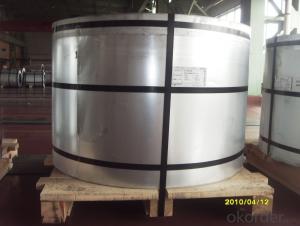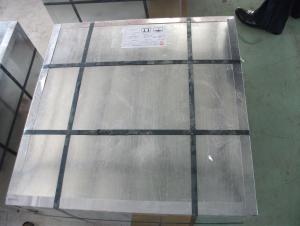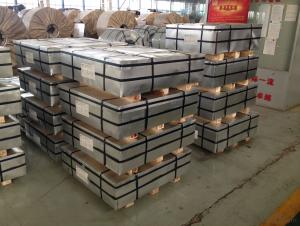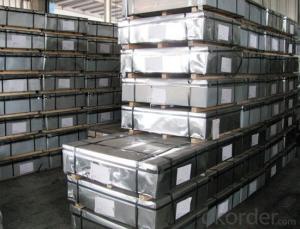Stock Tinplate
Stock Tinplate Related Searches
Rockwool With Aluminium Foil Galvanized Steel Gauge Chart 20 Gauge Stainless Steel 16 Gauge Stainless Steel Stainless Steel Gauge Chart 9mm Aluminum Ammo In Stock Aluminum Foil On Light Bulb Aluminum Pipe Stock Best Aluminum Stock To Buy 1/2 Inch Aluminum Flat StockHot Searches
Stock Price For Aluminum Aluminum Coil Stock For Sale Aluminum Bar Stock For Sale Aluminum Round Stock For Sale Aluminum Square Stock For Sale Aluminum Flat Stock For Sale Billet Aluminum Stock For Sale Aluminum Stock Tanks For Sale Aluminum Stock For Sale Near Me Aluminum Stock For Sale Aluminum Corp Of China Stock Price Of Aluminum Stock Aluminum 80 Lower In Stock China Aluminum Stock 6061 Aluminum Bar Stock Price Aluminum Bar Stock Price Aluminum Price Stock Market Aluminum Stock Market Price Stock Market Aluminum Price Aluminum Stock Price Per PoundStock Tinplate Supplier & Manufacturer from China
Okorder.com is a professional Stock Tinplate supplier & manufacturer, offers integrated one-stop services including real-time quoting and online cargo tracking. We are funded by CNBM Group, a Fortune 500 enterprise and the largest Stock Tinplate firm in China.Hot Products
FAQ
- Yes, tinplate can be used for packaging non-food items. Tinplate is a versatile and durable material that is commonly used for packaging various products, including cosmetics, pharmaceuticals, and household items. Its protective properties and ability to resist corrosion make it suitable for preserving the quality and integrity of non-food items.
- The process for printing on tinplate typically involves several steps. First, the tinplate sheets are cleaned and coated with a layer of primer to ensure proper adhesion of the ink. Then, the desired design or artwork is printed onto the tinplate using specialized printing techniques such as lithography or offset printing. After the printing is complete, the tinplate is usually coated with a protective varnish or lacquer to enhance its durability and resistance to corrosion. The printed tinplate sheets can then be further processed into various products, such as tin cans or decorative tin containers.
- What kind of material is tinplate?
- Tin plate is tin plated steel, that is iron.
- Yes, tinplate can be used for packaging of hazardous materials. Tinplate is known for its excellent strength, durability, and corrosion resistance properties, making it suitable for containing hazardous substances safely. Additionally, tinplate can be specially coated or lined to provide an extra layer of protection against any potential chemical reactions or leaks.
- Tinplate is a type of steel coated with a thin layer of tin, which lends it several advantageous properties. It is corrosion-resistant, making it suitable for packaging food and beverages. Tinplate also has good formability, allowing it to be shaped into various containers and products. It has excellent solderability, enabling secure joins and seals. Additionally, tinplate provides a barrier against light, moisture, and oxygen, ensuring the preservation and freshness of the packaged contents.
- There are several advantages of using tinplate for beverage cans. Firstly, tinplate provides excellent protection against corrosion, ensuring the integrity of the product inside. Secondly, tinplate cans are lightweight and durable, making them easy to transport and handle. Additionally, tinplate is easily recyclable, making it an environmentally friendly choice. Lastly, tinplate cans offer a high-quality printing surface, allowing for attractive designs and branding opportunities.
- The main challenges in tinplate storage and transportation include ensuring proper protection against rust and corrosion, maintaining temperature control to prevent damage to the tinplate, preventing stacking or handling errors that may result in dents or scratches, and ensuring efficient logistics to minimize delays and damage during transportation. Additionally, complying with safety regulations and maintaining adequate inventory management are also significant challenges in tinplate storage and transportation.

















